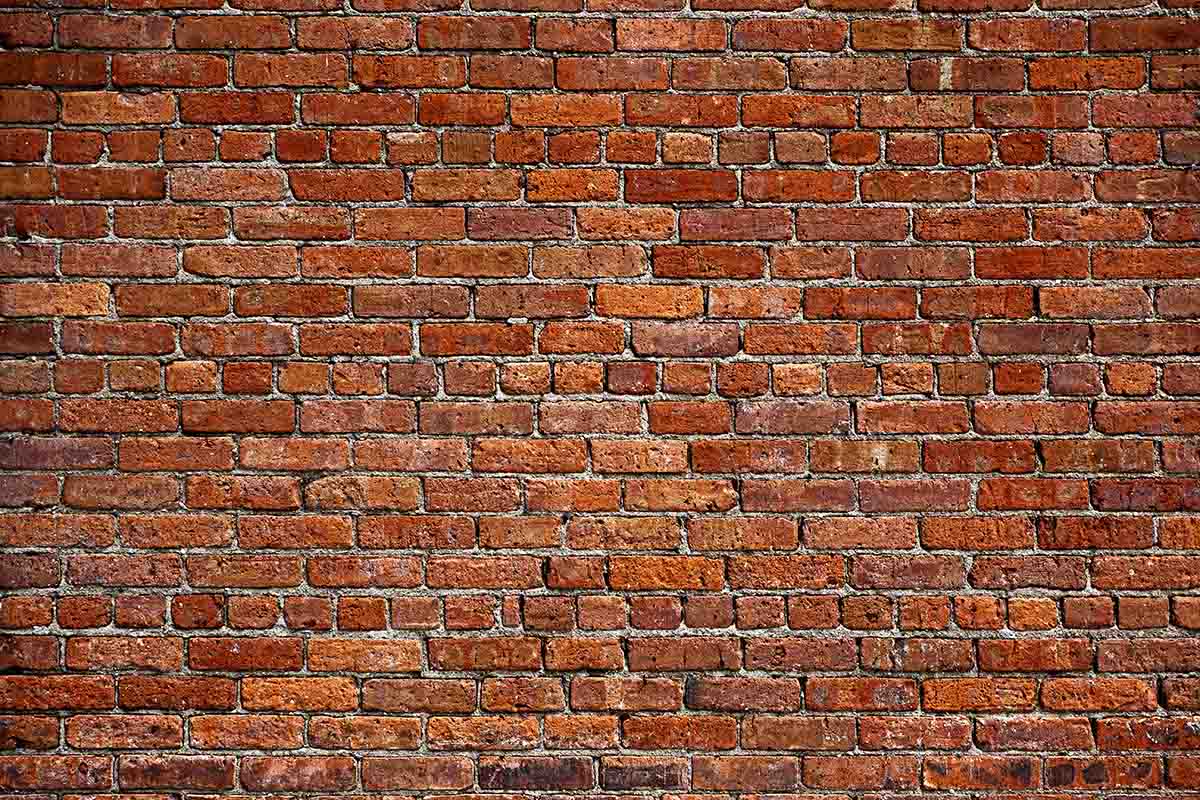Tech Tips
Know Thy Surface: A Guide to Successful Adhesion of OOH Graphics

In the world of graphic advertising, understanding the surface on which you are installing your graphics can be the difference between a satisfied client and a lost one. Getting it right is a balancing act between performance during the campaign and ease of removal afterwards. An adhesive that is not aggressive enough or can’t make good contact with the surface may result in the graphic lifting or falling off before the promotion ends, but an overly aggressive adhesive may damage the surface upon removal, leading to costly repairs. The key to success lies in understanding the application surface.
Surface Evaluation
Surface Topography: This refers to how smooth or rough the surface is. A very thin coat of adhesive will flow out easily over a super smooth surface such as a glass window or a smooth painted wall. However, even a small amount of texture on a painted wall can adversely affect adhesion. In such cases, a heavier coat weight and/or a softer adhesive may be required. When it comes to highly textured surfaces, such as brick or concrete, the conformability of the film will also impact adhesion. A stiff film will result in less contact of the adhesive to the surface, limiting the anchorage and making it more likely to lift or fall off; whereas, a more flexible film will conform to the surface, allowing for better contact of the adhesive to the surface. Products that provide this functionality can allow for a painted-on look while also achieving desired adhesion. For instances where this look is not desired or greater durability is needed, a thicker construction with a generous layer of adhesive may be required.
Surface Condition: Sticking a graphic to a dirty or crumbling surface is like painting a dirty wall. It won’t be long before it’s peeling off because you’ve stuck the adhesive to loose particles rather than the application surface. Ensuring that the surface is clean and free of debris will help ensure application success. Clear the surface of dust and debris. Brick may require use of a brush. If the surface is quite dirty, washing down with an industrial cleaner may be in order. Be sure to rinse and let the surface dry thoroughly. Then use a dry tack cloth to collect any remaining dust. Keep in mind, also, that a crumbling surface will more likely see damage upon removal of the graphic than a surface that is more intact, regardless of the product chosen.
Surface Treatments: Understand if the surface has been treated with fresh paint or a functional sealant. They can affect graphic adhesion, so allowing for adequate drying time is critical. In fact, Flexcon’s studies of painted surfaces have shown that those allowed to dry for at least 72 hours offer significantly better adhesion. No significant differences were found with different brands of paint or sheen levels; however, additives such as anti-graffiti coatings can prevent the adhesive from bonding. Sealants such as those used on concrete make for a smoother surface, allowing adhesives to flow out nicely and bond well. That same feature makes graphics more difficult to remove, however. In all cases, testing a small area for adhesion with the chosen product can offer piece of mind that it will perform as desired.
Installation Tools
To aid in installation and improve product performance, installers use a variety of tools. Squeegees help get the graphic down evenly and without bubbles. Heat along with rollers can also be effective in getting the film to conform to the application surface as well as cure the adhesive. Quite often, heat can also aid in clean removal.
Flexcon offers installation guides for all of our advertising products:
- Floor and Carpet Graphics Installation Guide
- Window Graphics Installation Guide
- Wall Graphics Installation Guide
- Cast Urethane Installation Guide
- Transit Installation Guide
Variables to Consider
Whether the graphic will be installed indoors or outdoors, applied to a horizontal or vertical surface, and remain in place for a week, a month, or a year, are all things that should be considered. Each of these factors will open or close the doors to certain product options.
There is a product solution for virtually any application surface, so the best way to avoid adhesion challenges is to anticipate them beforehand. Ask the right questions, know your surface and possible exposures, and prepare for installation properly. Finally, work with a supplier that can guide you to select the most appropriate product based on the unique circumstances of the application, and success will be assured.